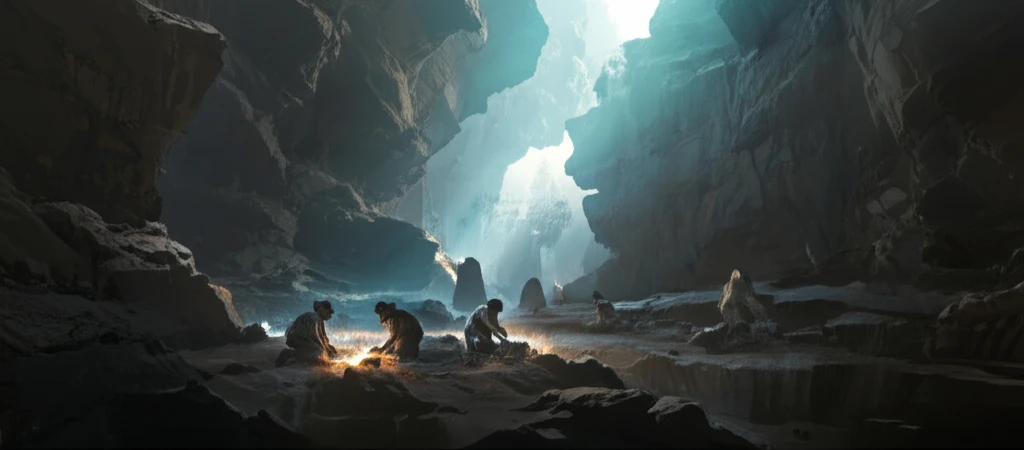
Lost in Time? Unraveling the Mystery of Neanderthal Tools Found in Upper Paleolithic Sites
"Exploring the Enigma of Mousterian Technology in Unexpected Archaeological Layers"
Archaeological discoveries often present puzzles that challenge our understanding of the past. One such enigma arises when artifacts from different time periods are found commingled within the same site. This is precisely the case at El Esquilleu cave in Cantabria, Spain, where Mousterian tools—typically associated with Neanderthals—have been found in layers corresponding to the Upper Paleolithic, a period linked to modern humans.
This unexpected juxtaposition of artifacts raises intriguing questions about cultural transitions, dating methodologies, and the very definition of archaeological layers. Were these Neanderthal tools remnants of a culture that persisted longer than previously thought? Or did post-depositional disturbances mix artifacts from different eras? The answers to these questions require a careful examination of the archaeological context, technological analysis of the tools, and a critical assessment of dating techniques.
This article delves into the heart of this archaeological mystery, exploring the evidence from El Esquilleu and similar sites. We will consider various explanations, from the late survival of Neanderthal technologies to the challenges of radiocarbon dating and the potential for misinterpretations in lithic analysis. By unraveling this complex puzzle, we hope to gain a deeper understanding of the intricate relationship between Neanderthals and modern humans during a pivotal period in human history.
What Makes the El Esquilleu Cave a Unique Archaeological Puzzle?

El Esquilleu cave stands out due to its unique stratigraphic sequence, which spans over 41 levels and includes Middle Paleolithic assemblages throughout. The uppermost layers, however, present a conundrum. Radiocarbon dating of charcoal and bone samples from these layers indicates ages within the Upper Paleolithic range (approximately 30,000 to 12,000 years ago). Yet, the lithic assemblages from these same levels are characterized by Mousterian technology, typically associated with Neanderthals who disappeared from the region much earlier.
- Late Survival of Neanderthal Technology: Could Neanderthals have persisted in this region longer than previously believed, maintaining their traditional tool-making techniques even as modern humans arrived?
- Dating Inaccuracies: Are the radiocarbon dates from the upper levels unreliable due to contamination or other factors? Could the true age of these layers be older than indicated?
- Post-Depositional Mixing: Did natural processes, such as erosion or animal burrowing, disturb the layers, causing artifacts from different periods to become mixed together?
- Misinterpretation of Lithic Technology: Are archaeologists misinterpreting the lithic assemblages? Could the tools in question represent an Upper Paleolithic industry that simply resembles Mousterian technology?
Solving the Puzzle: What Does It All Mean?
The mystery of the Mousterian tools in Upper Paleolithic layers at El Esquilleu remains a subject of ongoing research. While no single explanation has been definitively proven, the evidence suggests a complex interplay of factors. It is likely that a combination of late Neanderthal persistence, dating uncertainties, and post-depositional disturbances contributed to the unusual findings. Further research, including more detailed stratigraphic analysis, improved dating techniques, and comparative studies of lithic assemblages from other sites, will be needed to fully unravel this archaeological puzzle. Ultimately, the quest to understand El Esquilleu’s secrets sheds light on the intricate processes of cultural transition and the enduring legacy of Neanderthals in the human story.
